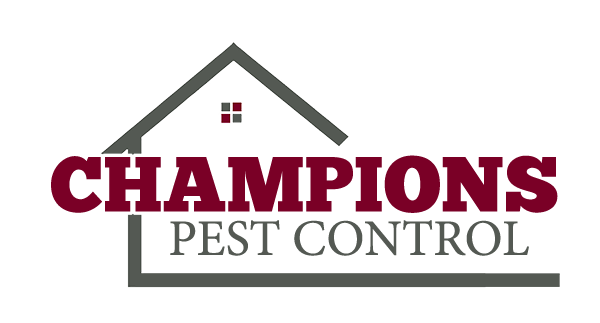It looks like another crazy Texas winter is behind us and the warm weather is only going to get even better. Who would’ve thought that down here in the piney woods region, we’d have snow before our neighbors up in Dallas? We sure are ready to put the cold behind us too and we are seeing visions of bluebonnets, lakeside cookouts and termites. Wait— what? Yes, unfortunately sundresses and shorts aren’t the only thing coming out of winter hiding this time of year.
Termites have been hiding beneath the surface all winter long, usually in underground colonies similar to ants. They have been eating all the wood particles and paper they have stored, mating and in many cases— found a new home right inside of yours. Yes when these insects come out, it is much like spring break for them; they are looking for warmth, wood, moisture and shelter— what better resort to get all three at than your home?
Termites are indeed one of the most common and destructive springtime pests. Since they feed off the cellulose of wood and wood by-products such as paper, your home can be like an all-you-can-eat buffet for termites. It’s no joke, termites singlehandedly do about $5 billion worth of damage to homes—that’s billion with a capital “B.” This is where it gets particularly painful— termite damage isn’t even covered by most insurance policies. When you factor in how long termites can go unnoticed to the untrained eye until it’s too late; you are talking about some extensive damage that can destroy a home. To assess your potential risk of infestation you have to do your homework first.
KNOW YOUR ENEMY
Termites have been around for millions of years, their M.O. hasn’t changed only the environment around them, so their behavior is very predictable. Being social insects, they gather in colonies and have a very similar social hierarchy as ants. Their colonies can usually be found underground, in trees, wood or in your worst case scenario—all throughout your home. There are 50 domestic species of termites here in the U.S. but that pales in comparison to the more than 2,000 species worldwide. Termites are broken down into classes based on where their colonies are located— subterranean, drywood or dampwood.
THE ORGANIZATION IS DEEP
Termites, while a pest to humans and very destructive, are actually quite intelligent and very organized. A single colony is made of up of social classes broken down into three groups—workers, swarmers and soldiers. Workers are the keepers of the colony; they maintain the structure and tunnels and make sure there is a steady food supply by foraging in nearby areas. Soldiers are sterile and naturally as their name alludes, protect the colony. Soldiers and workers are without wings and therefore usually stay close to the colony.
Swarmers on the other hand, have two pairs of wings that lie flat when not in use. Once Houstonians have endured winter and start getting 70° temperatures, the male and female swarmers exit the nest in large groups. Female termites give off mating pheromones and lure male suitors to mate with. The two then break off their wings, which is the termite version of marriage.
The new couple doesn’t stick around for the reception though, they are off to build their kingdom and start a new colony in which they will be the king and queen. The queen usually outlives the king, sometimes living for more than 30 years. This colony, depending on the species can take several years before it reaches maturity and begins to produce its own swarmers. During the first year of a colony, the queen can lay anywhere from no eggs to 22 eggs. So by the end of the first year, depending on the species the colony can have as much as 75 insects or as little as 12 or less. This is why it can take several years before visible damage from termites can be seen in your home. For much of that time, the colony simply isn’t large enough to do any real significant damage to the wood they are habitating.
SIGNS YOU HAVE TERMITES
Termite swarms and their wings they shed and leave behind, are usually the only visible signs of their existence in your home. Due to this fact, many mistakenly assume that termites are only a springtime problem. Well, living in Houston and the climate of this region is actually a huge advantage to termites. Species such as subterranean can stay active all year long, out of sight because the winters are relatively mild here. With Houston’s warm humid climate it is not uncommon for termites to be active 24/7/365, just eating away the wood in your home.
Except for conehead termites, most termites can’t crawl on open terrain like other insects. Instead, they build a network of mud tubes that extend from their colony to food sources nearby. These mud tubes are visible to the naked eye and are a clear sign of termite presence. Also, you can look for cracked paint or paint that has bubbled up, or wood that sounds hollow.
DON’T GUESS—KNOW FOR SURE!
If you see some of these telltale signs of termites in or around your home it’s best not to guess if you have termites or not— you need to call Champions right away and know for sure. If caught soon enough we can treat an infestation before you incur serious damage to your home. While removal of some insects such as houseflies, ants, and wasps can be attempted by DIY’ers— termites are a pest that you need to leave to the professionals. Contact us today if you suspect termites may have set up camp in your home. We can inspect your home thoroughly, and if they are there, we can knock them out for you!





